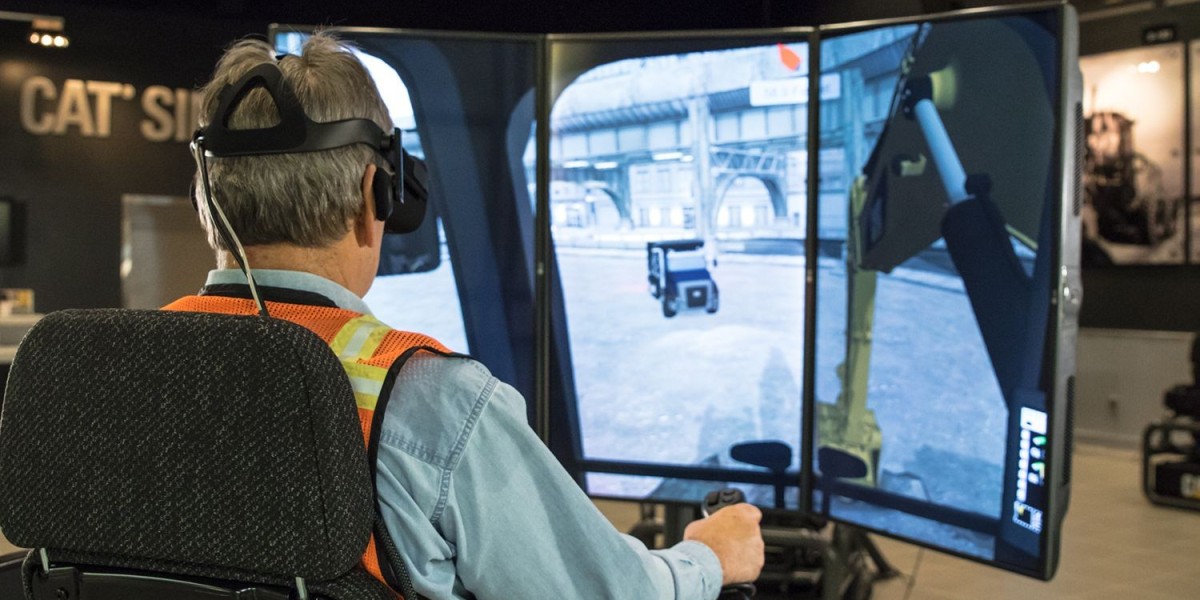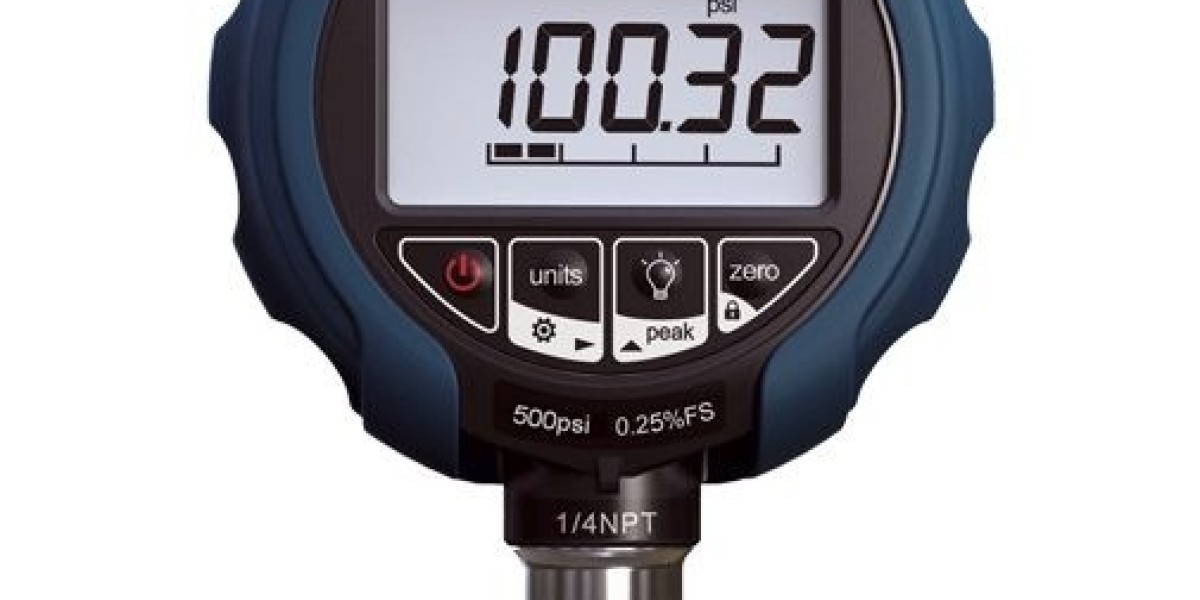The transportation industry is evolving rapidly, not just in terms of vehicles and infrastructure, but also in how drivers are trained. Traditional methods—classroom sessions, theory-based instruction, and on-road driving practice—are being enhanced, and in some cases replaced, by cutting-edge technologies like Virtual Reality (VR) and Augmented Reality (AR). These immersive tools are now playing a transformative role in how bus drivers learn and sharpen their skills.
Bus simulation, once confined to desktop environments and 2D interfaces, has taken a major leap forward through the integration of VR and AR. These technologies provide a more intuitive, engaging, and realistic training experience that better prepares drivers for real-world scenarios.
Understanding the Basics: What Are VR and AR?
Virtual Reality (VR) involves creating a fully immersive, computer-generated environment that users can interact with using headsets and motion controllers. It completely replaces the user's view with a virtual one, allowing for total immersion.
Augmented Reality (AR), on the other hand, overlays digital information—such as graphics, instructions, or warnings—onto the real-world environment using devices like AR glasses, tablets, or smartphones. It enhances reality rather than replacing it.
Both technologies offer unique advantages in simulation-based training, especially for complex and safety-critical roles like bus driving.
The Need for Immersive Bus Driver Training
Driving a bus involves much more than just controlling a large vehicle. Bus drivers must be skilled in:
Navigating tight urban routes
Managing unpredictable traffic conditions
Ensuring passenger safety and comfort
Responding to emergencies quickly and correctly
Traditional training methods have limitations in replicating all of these real-world variables. That’s where VR and AR come in—offering safe, repeatable, and varied training scenarios without the risks and costs associated with on-road training.
How VR Enhances Bus Simulation
With VR, trainee drivers can be placed inside a 360-degree virtual cockpit that mimics a real bus dashboard. They can interact with controls, view side mirrors, monitor passenger entry and exit, and drive through realistic simulations of cities, highways, and rural areas.
Key benefits of VR-based bus simulation include:
Immersive learning: Trainees feel as though they’re inside a real bus, which increases engagement and focus.
Scenario-based training: VR allows for the simulation of difficult situations such as bad weather, road accidents, or mechanical failures.
Performance tracking: Every decision a trainee makes can be recorded, analyzed, and used to offer personalized feedback.
These benefits significantly improve a driver’s situational awareness, reaction time, and decision-making ability.
The Role of AR in Real-Time Assistance and Maintenance
While VR is ideal for immersive training, AR is more suited to on-the-job assistance and continuous learning. For instance, during real driving, an AR-enabled system could project navigation tips, traffic alerts, or maintenance notifications directly onto the windshield or an AR headset.
In maintenance training, AR can be used to show technicians how to repair or inspect parts of the bus with step-by-step visual guidance. This hands-on learning accelerates skill development without the need for constant supervision.
A growing number of training programs are adopting a hybrid VR/AR model, where VR is used during initial training and AR supports ongoing performance improvement in real-world conditions.
Real-World Examples and Popular Applications
Several companies and transit authorities around the world have already begun using VR and AR in their driver training programs. For example, some bus manufacturers have partnered with tech firms to build full-motion VR simulators that replicate the behavior of specific bus models.
In the gaming and consumer space, realistic simulation titles like bus simulator indonesia pc download have demonstrated the potential for immersive driving experiences. Although originally designed for entertainment, these games have advanced physics, route-building tools, and user interfaces that resemble professional training software.
By downloading the PC version of such titles, users can access enhanced graphics, detailed map layouts, and greater controller compatibility, making it a useful entry point into immersive simulation—even for aspiring professionals.
The Advantages of VR/AR Over Traditional Methods
Cost-Effective
Training on real buses consumes fuel, increases wear and tear, and often requires multiple instructors. VR and AR reduce these expenses significantly.Risk-Free Learning
Trainees can make mistakes without real-world consequences, allowing them to learn from failure in a safe environment.Adaptability
Training modules can be easily updated or customized to reflect changes in routes, vehicles, or laws.Increased Engagement
Gamified elements and interactivity keep trainees motivated and attentive throughout the learning process.
Challenges and Considerations
Despite their benefits, implementing VR and AR in bus training is not without challenges:
High Initial Costs: Developing or purchasing advanced simulation hardware and software can be expensive.
Technological Learning Curve: Instructors and trainees must be comfortable with using digital tools and interfaces.
Hardware Limitations: Some VR systems may cause motion sickness or fatigue if not properly calibrated.
Accessibility: Not all regions or institutions have access to the infrastructure required to support immersive training.
However, as technology becomes more affordable and user-friendly, these barriers are gradually being overcome.
The Future of Immersive Bus Simulation
The future of VR and AR in bus simulation looks promising. As both hardware and software continue to improve, we can expect:
AI-driven training scenarios that adapt to a trainee’s performance in real-time
Multiplayer VR simulations for team-based training (e.g., dispatcher-driver coordination)
Cloud-based AR platforms for real-time updates and global accessibility
Integration with biometric sensors to monitor stress levels, attention, and fatigue
These advancements will not only make driver training more effective but also enhance road safety and passenger comfort in the long run.
Conclusion
VR and AR are redefining how bus drivers are trained, offering immersive, flexible, and scalable solutions that go far beyond traditional methods. By replicating real-world driving conditions and providing instant, actionable feedback, these technologies help develop more confident, skilled, and safety-conscious drivers.
Whether you’re an organization looking to modernize your training systems or an individual interested in exploring advanced simulation, tools like bus simulator indonesia pc download show that immersive bus simulation is no longer a thing of the future—it’s already here, and it’s only getting better.








